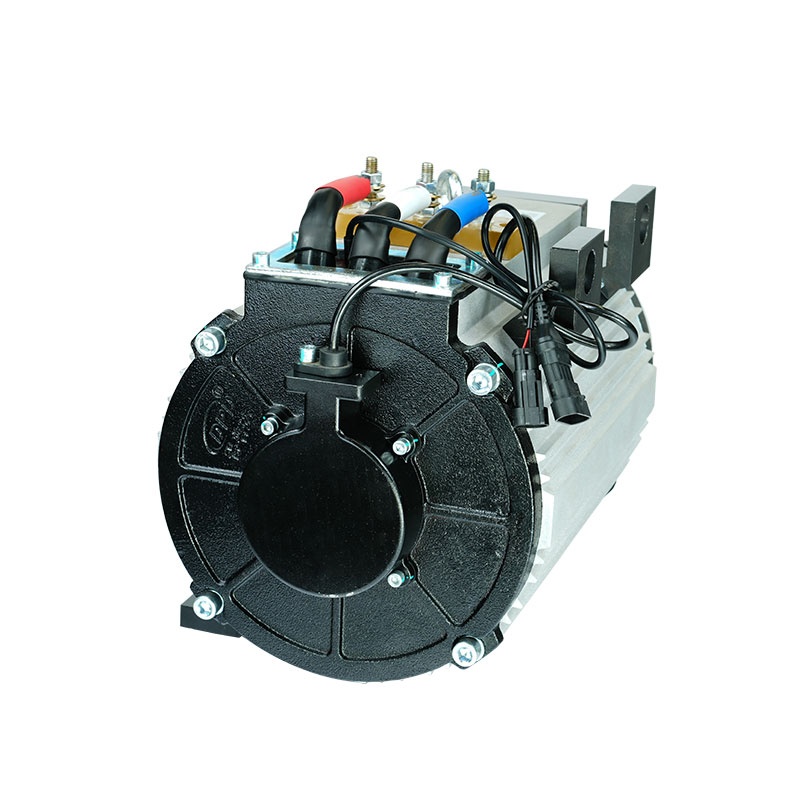Is it possible to directly remanufacture the motor by replacing the aluminum rotor bars with copper
By chance, a message in the circle of friends about replacing aluminum bar rotors with copper bar rotors triggered Ms.'s idea of joining everyone to discuss this topic.
Under the guidance of the national energy-saving and low-carbon policy, improving motor efficiency is an irreversible direction; for motors whose efficiency levels do not meet the current mandatory standards, whether they are in service or on sale, how to improve the motor energy efficiency at the lowest cost through appropriate means is a problem that motor remanufacturing needs to solve.
Permanent magnetization of asynchronous motors is a transformation direction, but it requires substantial transformation of both the stator and rotor of the motor, and the remanufacturing cost is relatively high. It also requires a special inverter. For industrial frequency motors that only need to run at a relatively fixed speed, taking measures on the rotor is an effective way, that is, changing the rotor bars from aluminum to copper. However, given the particularity of the shape of the rotor copper bars, the rotor punching slot shape needs to be adjusted as necessary, and the welding process of the copper bars must be well guaranteed. Whether copper casting can be used and whether the process is in line with and satisfactory also needs further consideration.

When the rotor bars of a motor are replaced, the rotor loss of the motor will be greatly reduced, and the efficiency of the motor will naturally be improved; but at the same time, due to the reduction in rotor resistance, the starting current of the motor will increase and the starting torque will be greatly reduced, so necessary measures must be taken for the starting link of the motor.
The motor remanufacturing process is indeed a relatively complex process. On the one hand, it is necessary to ensure that the motor's efficiency level meets the requirements, and at the same time, the compliance of other motor performance must be taken into account; another very important point is the remanufacturing cost. Any remanufacturing measure may involve the dissection and reprocessing of the original motor. If the remanufacturing cost is close to or even higher than the cost of a new motor, there may be great resistance at the implementation level.
From the analysis of the implementation effects of some current remanufacturing companies, the comparative analysis of remanufacturing costs and expected energy-saving effects is a key evaluation factor; therefore, in a sense, it also affects the implementation of remanufacturing.



























 XINDA
XINDA